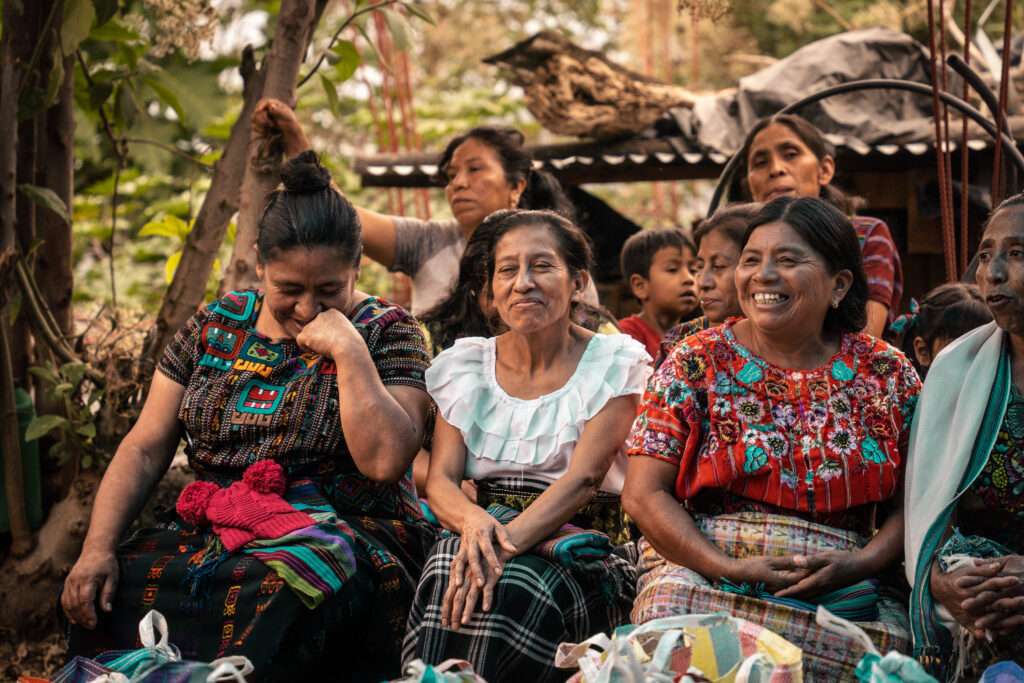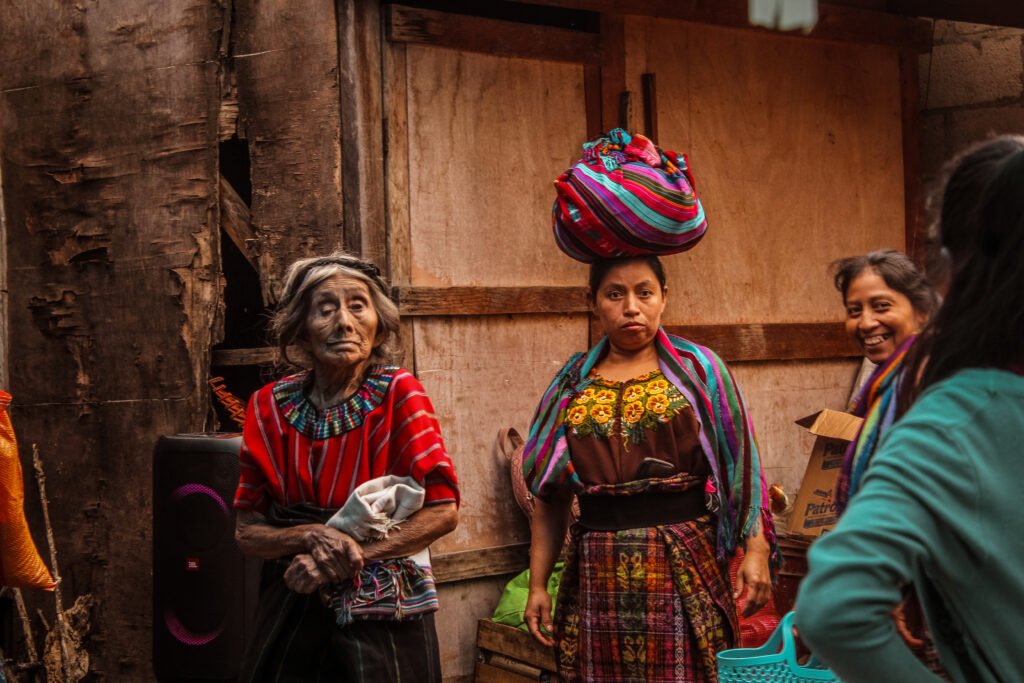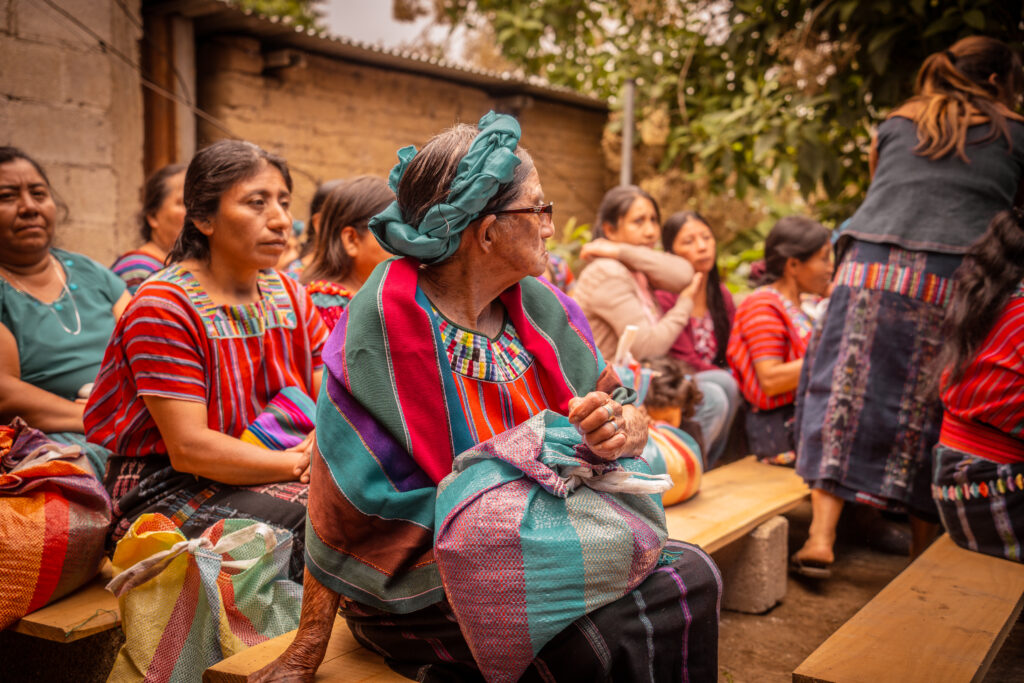Unveiling the Top 7 Splendors of Mayan Culture at Lake Atitlan

Exploring the Rich History of the Mayan Culture at Lake Atitlan
Lake Atitlan not only boasts stunning vistas but is also a historical treasure trove, revealing the splendor of ancient Mayan culture. The rich history of the Mayans comes to life around the lake’s edge, where their civilization’s growth and prosperity is recorded by the surviving ruins and artifacts. These remnants offer a direct link to understanding how the Mayans harnessed the natural resources and strategic location to develop sophisticated societies.
The Origins of Mayan Settlements in the Highlands
The history of the Mayans is deeply rooted in the majestic highlands surrounding Lake Atitlan. This region, known for its breathtaking beauty and rich volcanic soil, provided an ideal environment for ancient Mayan civilizations to flourish. The settlements here were not only self-sustaining thanks to fertile lands but also evolved into bustling centers of trade and ceremonial activities. Archaeologists have pieced together the lives of the early inhabitants through artifacts and structures that continue to withstand the test of time, narrating a story of a profoundly sophisticated and spiritual culture.
Key Archaeological Sites and Their Significance
Around Lake Atitlan, one can find an array of key archaeological sites that are testimonies to the advanced and complex nature of Mayan civilization. These sites often feature grandiose temples, intricate stelae, and vast plazas that was once teeming with daily activities of trade, governance, and worship. Each structure, glyph, and artifact found at these sites adds a piece to the puzzle of Mayan societal norms, their intellectual achievements, and their everyday life. Exploring these remnants allows us to appreciate the profound impact of Mayan culture on Mesoamerican history.
Contemporary Mayan Communities and Their Traditions
Today, the Mayan culture at Lake Atitlan endures with continuity and resilience through the indigenous communities around Lake Atitlan. These communities preserve and celebrate their cultural legacy by practicing traditions that reflect their historic way of life and belief systems. The unbroken chain of customs, eloquently woven into the fabric of daily life, speaks volumes about the Mayansâ tenacity and respect for their ancestry.
Daily Life and Customs Among Modern Mayan Villages
Even in modern times, the Mayan communities around Lake Atitlan continue to thrive, preserving a way of life that has existed for generations. The essence of Mayan identity – from the languages spoken to the textiles created – is evident in daily activities. Agriculture remains a cornerstone of their lifestyle, with methods passed down through the ages. Moreover, societal roles, family structures, and community governance are still influenced by ancestral traditions, forming a living bridge between past and present.
Preservation of Ancient Practices in Today’s World
In today’s rapidly globalizing world, the protection and continuity of ancient practices are paramount for Mayan communities. The commitment to preserve their language, spiritual beliefs, and ceremonial rites is not only a matter of cultural pride but also serves as a resistance against the homogenizing forces of modernity. The integration of ancestral wisdom with contemporary life enriches the collective understanding of heritage and identity among Mayan descendants.
Ceremonial Rites and Rituals by the Lakeside: Mayan culture at Lake Atitlan
The serene waters of Lake Atitlan serve as the backdrop for numerous sacred Mayan rites and rituals. These traditions, some of which date back to ancient times, play an indispensable role in the cultural and spiritual wellbeing of the communities. Engaging with these rituals, visitors and locals alike get a glimpse of the Mayansâ enduring reverence for the cosmos and their ancestors. It is a crutial part to the Mayan culture at Lake Atitlan.
Understanding the Mayan Calendar and Ceremonial Events
The Mayan calendar, a marvel of astronomical precision and complexity, continues to dictate the ceremonial life around Lake Atitlan. This calendar, which intricately combines multiple cycles of time, governs religious and communal events that are seminal to the spiritual life of the Mayans. Ceremonies aligned with this calendar are not just social gatherings but important rituals that maintain the cosmic order and individual harmony with the universe.
Sacred Sites: The Nexus of Mayan Culture at Lake Atitlan’s Spiritual Energy
Lake Atitlan is not merely a stunning natural wonder; it is also the spiritual heartland for the Mayan communities. Certain locations around the lake are considered to be imbued with sacred energy and serve as the epicenter for community rituals and individual offerings. These sites are the arenas where the dynamic relationship between the spiritual and physical realms is most potently felt and acted upon through rites and ceremonies.
The Intersection of Tourism and Mayan Heritage: Mayan Culture at Lake Atitlan
The allure of Lake Atitlan is amplified by the depth of Mayan heritage that pervades the region. However, as tourism intensifies, the delicate balance between showcasing a culture and preserving its integrity becomes increasingly important. Responsible tourism initiatives aim to educate visitors on the significance of Mayan culture at Lake Atitlan and ensure their experiences contribute positively to local communities.
Artisan Crafts: A Window into Mayan Creativity
The remarkable artistry of Mayan crafts provides insight into the ingenuity and creativity of this ancient culture. Artisanal work, particularly textiles, weaving, woodwork, and pottery, is an outlet through which the Mayans express their identity and heritage. As each piece is crafted, centuries-old traditions come to life, showcasing the cultural richness that still thrives in the highlands around Lake Atitlan.
Textiles and Weaving: Threads of a Vibrant Culture
The vibrant Mayan culture reveals itself through its artisan crafts, most notably textiles and weaving. Using techniques that have been passed down for centuries, the weavers create intricate patterns that tell stories and symbolize Mayan cosmology. Every color, motif, and thread used in these textiles encapsulates cultural narratives and the weaver’s personal expression.
Woodwork and Pottery: The Enduring Handicrafts of the Mayans
Equally important to Mayan artistic expression is the tradition of woodwork and pottery. Carvings made from the local forests display not only artistic skill but also an intimate knowledge of the natural world. Similarly, the pottery crafted by Mayan hands is both practical and culturally significant, reflecting the importance of the earth in Mayan spirituality.

The Influence of Mayan Culture at Lake Atitlan: Astronomy and Cosmology
The legacy of Mayan astronomy and cosmology transcends time, as modern-day Mayans continue to infuse their lives with celestial wisdom. Their advanced understanding of the heavens informs not only their spiritual practices but also practical applications related to agriculture and community planning. By embracing this cosmic perspective, the Mayans maintain a sacred connection to their ancestors and the cycles of nature.
Environmental Stewardship: Mayan Wisdom in Natural Preservation
The deep connection between the Mayan people and their natural surroundings is evident in their dedication to environmental stewardship. The intrinsic value they place on Lake Atitlan, not just as a source of sustenance but as a sacred space, drives their commitment to its preservation. Efforts to safeguard the lake’s ecosystem are a testament to the Mayansâ historical and ongoing relationships with the land they have inhabited for countless generations. The Mayan culture at Lake Atitlan is definitly very strong.
Atitlan’s Ecosystem: Mayan Culture at Lake Atitlan Conservation Efforts
Lake Atitlan’s ecosystem is profoundly interconnected with the Mayan way of life. Recognizing the importance of this relationship, contemporary Mayan communities are actively involved in conservation efforts to preserve the natural beauty and balance of the lake. Through both traditional knowledge and collaborations with environmental groups, the Mayans are working to protect their sacred homeland for future generations. It is definitly a big influence when it comes to Mayan culture at Lake Atitlan.
Ethical Travel: Supporting Ecological Balance and Cultural Respect
Ethical travel is a crucial aspect of supporting both ecological balance and cultural respect in Lake Atitlan. Visitors are encouraged to engage with the local environment and communities in ways that are responsible and sustainable. By choosing to participate in ecotourism and supporting local economies, travelers can ensure that their presence bolsters the efforts of the Mayan people to maintain their cultural heritage and the pristine condition of Lake Atitlan.
FAQ: Questions and Answers of Mayan culture at Lake Atitlan
What is the Mayan culture at Lake Atitlan?
Why is Lake Atitlan sacred?
What is the myth of Mayan culture at Lake Atitlan?
What is the spiritual significance of Lake Atitlan?
How does Lake Atitlan influence local arts and crafts?
What are the environmental challenges facing Lake Atitlan?
Lake Atitlán faces several environmental challenges that threaten its sustainability and the well-being of the communities that depend on it. The primary issues include pollution from agricultural runoff, untreated sewage, and solid waste disposal, which contribute to the deterioration of the lake’s water quality. Overuse of pesticides and fertilizers in surrounding farms leads to eutrophication, causing harmful algae blooms that deplete oxygen levels and damage aquatic ecosystems. Additionally, deforestation and soil erosion in the watershed area contribute to the siltation and shrinking of the lake. Invasive species, such as the black bass, have also disrupted the local ecology. Efforts to address these issues involve conservation initiatives, sustainable waste management practices, and community-based environmental education programs.
What are the recreational activities available at Lake Atitlan?
Lake Atitlán offers a plethora of recreational activities that cater to a wide range of interests. Visitors can enjoy water-based activities such as kayaking, swimming, scuba diving, and stand-up paddleboarding amidst the scenic landscape. For those interested in exploring beyond the water’s edge, there are opportunities for hiking, mountain biking, and rock climbing. The lake’s surrounding volcanoes, such as San Pedro, Atitlán, and Tolimán, provide challenging hikes and breathtaking views of the entire lake basin. Cultural excursions are also popular, with boat tours connecting the various lakeside villages, allowing travelers to immerse themselves in the local Mayan culture. For a more tranquil experience, yoga and meditation retreats are available, taking advantage of the serene and inspiring environment.
How do the local communities at Lake Atitlan sustain their livelihoods?
Summary of Mayan culture at Lake Atitlan




